https://esahubble.org/news/heic2402/
Astronomers using the Hubble Space Telescope have found a rare oddball event in an oddball place.
Fast Radio Bursts (FRBs) are brief yet incredibly bright cosmic events, with one recently detected FRB, FRB 20220610A, standing out due to its distance and energy, located in a galaxy cluster from when the Universe was only 5 billion years old. This event challenges existing models of FRBs, as its origin, pinpointed with the help of Hubble’s advanced imaging, hints at complex interactions among up to seven merging galaxies.
A Fast Radio Burst (FRB) is a fleeting blast of energy that can – for a few milliseconds – outshine an entire galaxy. Over the past few years hundreds of FRBs have been detected. They pop off all over the sky like camera flashes at a stadium event, but the sources behind these intense bursts of radiation remain uncertain.
This FRB is particularly weird because it erupted halfway across the Universe, making it the farthest and most powerful one detected to date.
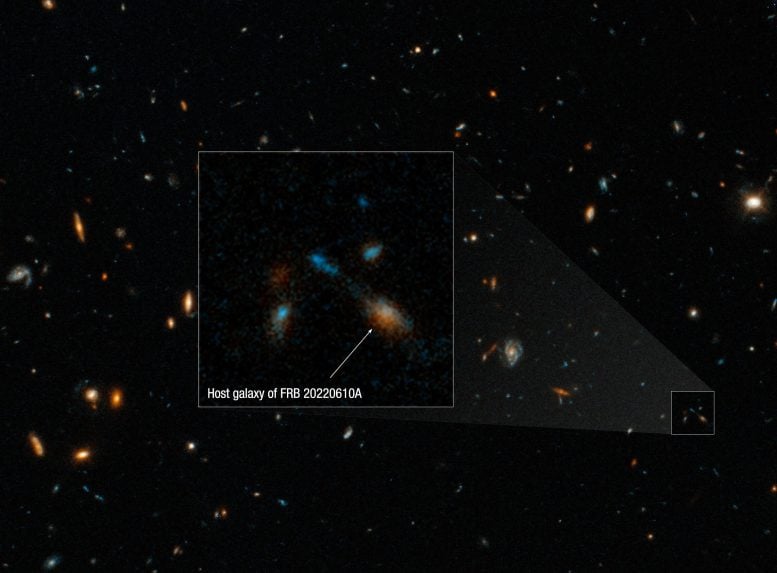
NASA, ESA, STScI, Alexa Gordon (Northwestern University)
And if that’s not strange enough, it just got weirder based on the follow-up Hubble observations after its discovery. The FRB flashed in what seems like an unlikely place, a collection of galaxies that existed when the Universe was only 5 billion years old. Previous FRBs have been found in isolated galaxies.
FRB 20220610A was first detected on June 10, 2022, by the Australian Square Kilometre Array Pathfinder (ASKAP) radio telescope in Western Australia, and confirmed to come from a distant origin by the European Southern Observatory’s “It required Hubble’s keen sharpness and sensitivity to pinpoint exactly where the FRB came from,” said lead author Alexa Gordon of 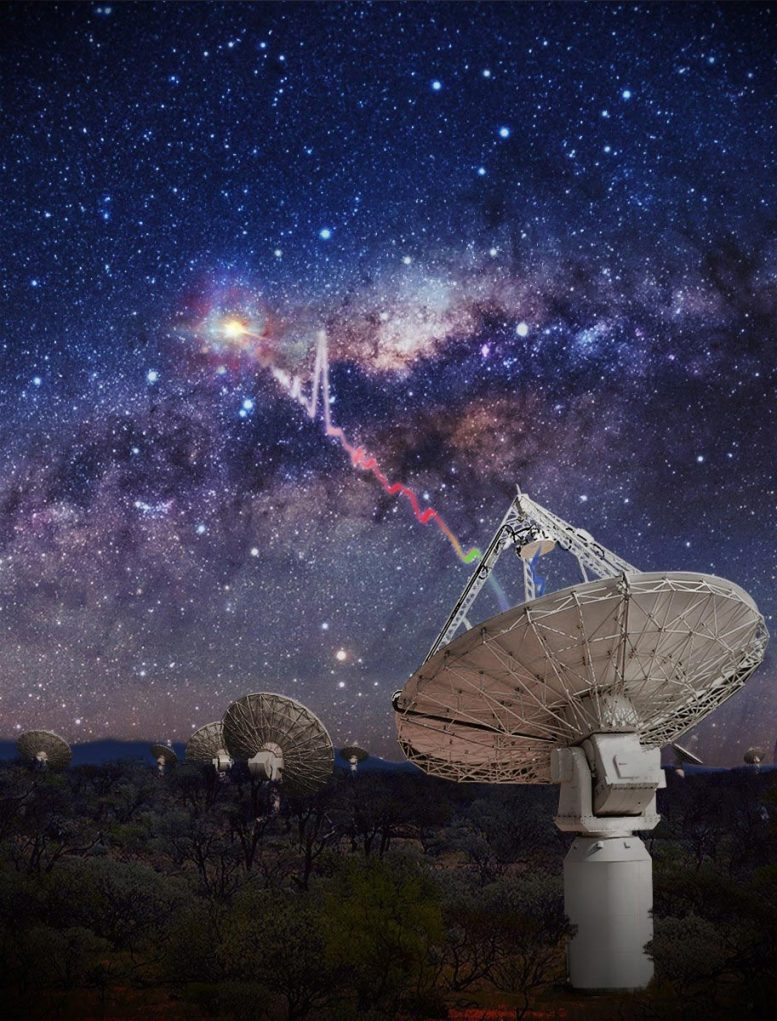










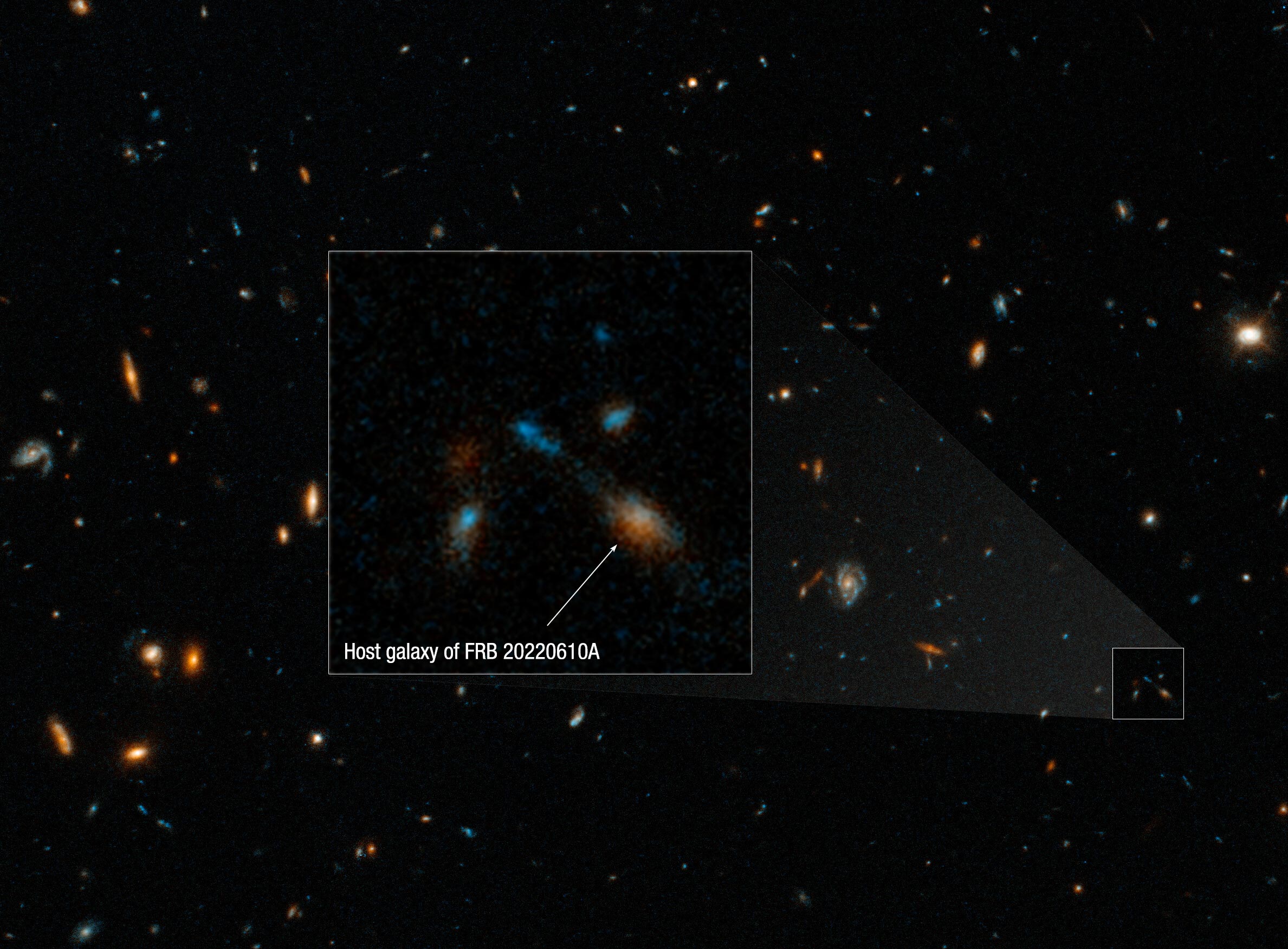
/https://tf-cmsv2-smithsonianmag-media.s3.amazonaws.com/filer_public/34/31/3431771d-41e2-4f97-aed2-c5f1df5295da/gettyimages-1441066266_web.jpg)


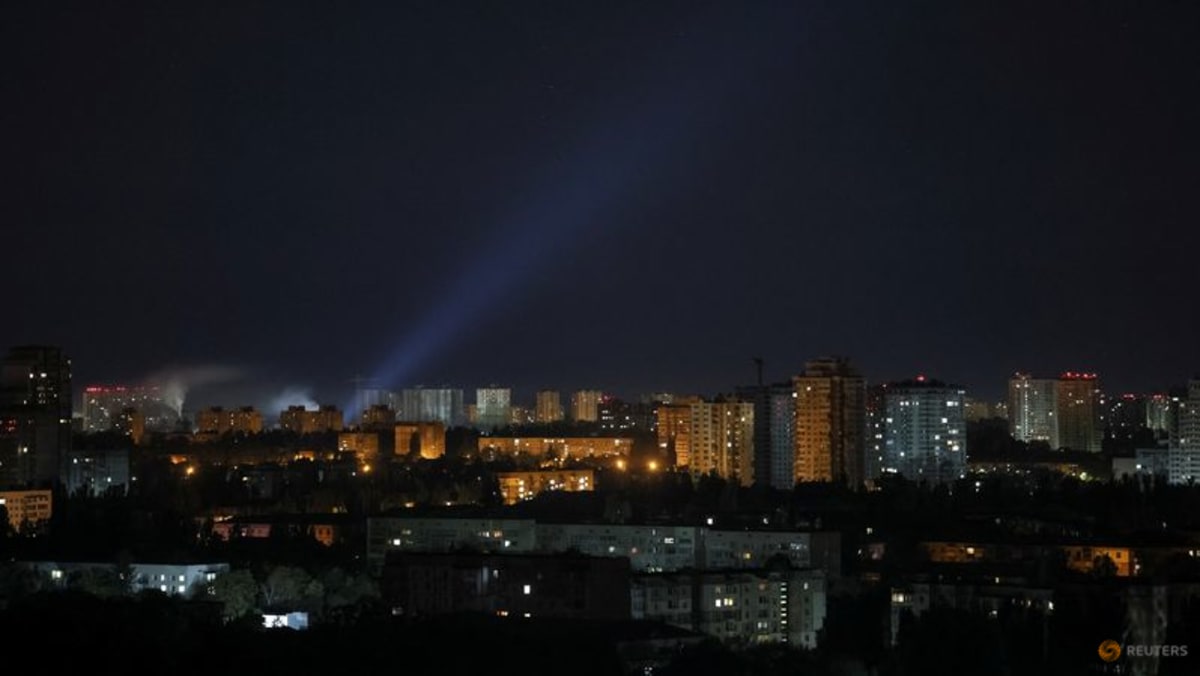
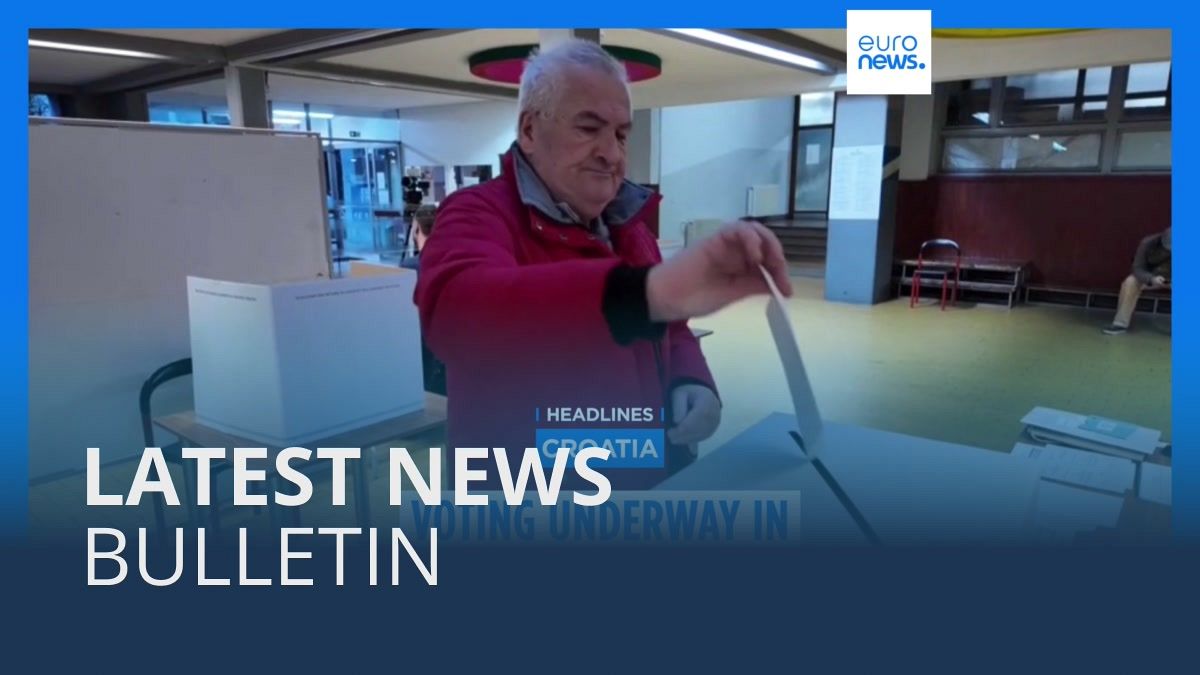


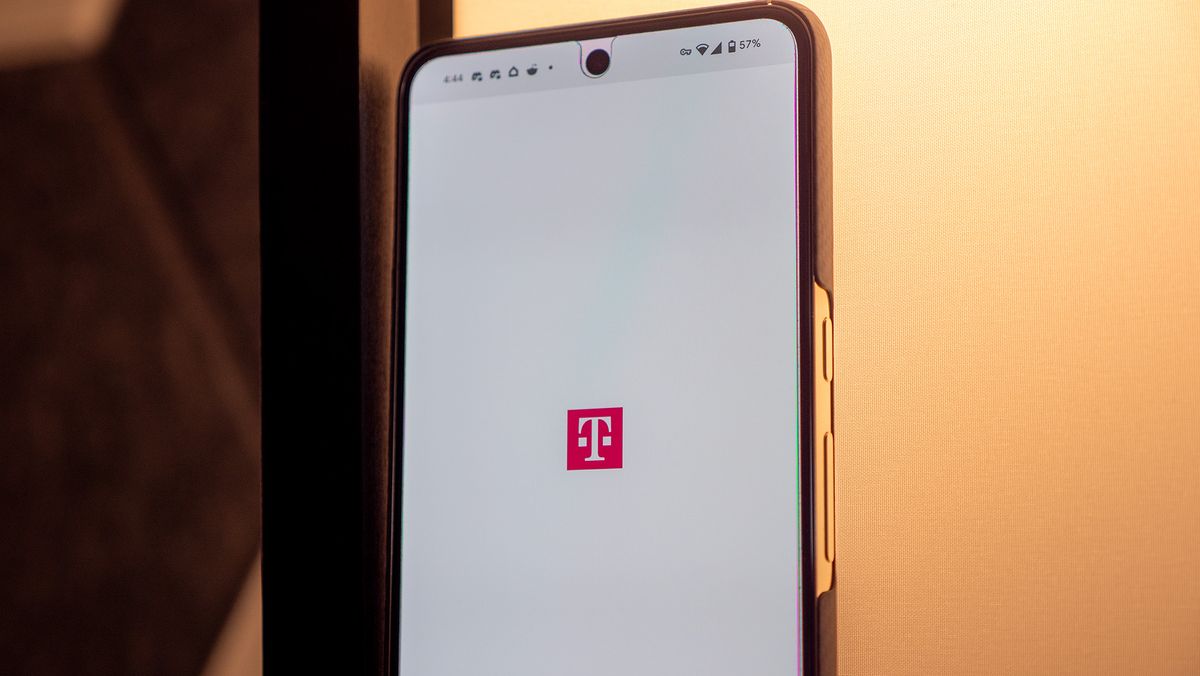

Discussion about this post